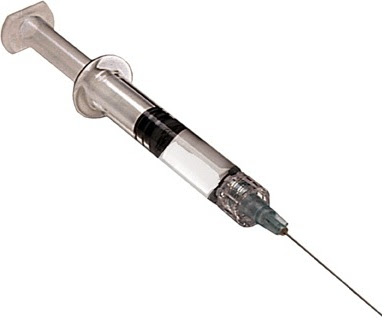In response to a comment from SEAN on The 3 Nitro BS – Part I –
the truth to me is in the reason for writing this in the first place. the truth is, it is redundant and anyone with any clinical expertise knows this and does not need reminding of what what you wrote here. that is the grain of truth to which i was referring.
Perhaps part of this is the suggestion that there is only a slight bit of truth in what I have written, which suggests that it is mostly false.
(a) grain of truth
even the smallest amount of truth. The attorney was unable to find a grain of truth in the defendant’s testimony. If there were a grain of truth to your statement, I would trust you.
The Free Dictionary
Then you make the statement – it is redundant and anyone with any clinical expertise knows this and does not need reminding of what what you wrote here.
Your statements are contradictory.
1. If you claim that only a tiny fraction of what I wrote is true, please point out what you claim is not true.
2. If what I wrote is so obvious that anyone with any clinical expertise knows this, are you claiming that the ACLS (Advanced Cardiac Life Support) guidelines are written by people who have no clinical expertise?
3. Are you claiming that all of the protocols that are written with limits of 3 nitro tabs/sprays are written by doctors, nurses, and medics who have no clinical expertise?
4. How many other places can you find people writing that the 3 nitro rule is baseless?
–
you are right about some things, though.
I asked you to point out anything that you claim that was wrong in what I wrote, not what is right. The grain of truth suggests a tiny bit of accuracy swimming in an ocean of inaccuracy.
–
hydrating someone with a right sided mi is beneficial before giving nitrates to avoid hypotension.
You will find a lot of people disagree with the idea of giving any NTG (NiTroGlycerin or GTN – GlycerylTriNitrate in Commonwealth countries) to a patient with RVI (Right Ventricular Infarction). It is interesting that the ACLS guidelines do not oppose giving NTG to RVI, but only suggest caution, while they do oppose giving more than 3 NTG to one patient.
–
and as far as not doing anything, what you would do is watch.
Benign neglect is watchful waiting. Aggressive medicine is about continual reassessment and looking for specific indications to do something, rather than doing something reflexively – malignant attention.
–
if someone is responding to a treatment with what are known effects of the treatment, i would observe and monitor that person to see how far this response goes and what needs to be done about it. that’s the care they need. it is not inadequate, but highly attuned to the situation at hand.
On this, we completely agree.
–
one of the good things about nitro is that it can be TURNED OFF.
–
–
–
I write a bit about boluses of IV NTG in these two –
Is IV NTG Too Dangerous for EMS
EMS NTG for CHF – Bolus or Infusion – Part II
IV NTG can also be bolus dosing of NTG – just as giving a tab or spray is giving a set amount all at once. However, the IV bolus is much more adjustable. With a tab, I can only adjust the dose by giving more.
Try to break a tab into smaller doses. It is difficult, if not impossible. Then there is the uncertainty of the amount of the dose being given. Is it a half – or a third – or some other dose?
We have similar problems with the spray. We can block part of the spray, but if we do that, how much is the patient receiving?
IV bolus dosing does not have these problems.
–
the half life is short and people usually respond to what could be a decent perfusing pressure when you do. but there is danger in doing this as well. applying and removing the same exogenous stimulus is not therapeutic.
Yes and No.
EMS can titrate many medications much better by giving them as repeated boluses, than as infusions. Repeated boluses, with drugs that wear off quickly, can be very therapeutic. The important thing is to try to get a certain effect and keep it near there.
We should not give a dose, let it wear off, then give another dose. That is not therapeutic.
I would rather give large doses of midazolam (Versed) and need to give more in 20 to 30 minutes, than give lower doses of lorazepam (Ativan) and have it lasting much longer. In EMS, wearing off quickly allows us to safely be more aggressive.
Propofol (Diprivan) may be the ultimate in ability to titrate, but that may not mean that propofol is more therapeutic than something given in repeated boluses.
–
i think it gives people the idea that we are doing something, as your article mentioned.
Doing something just for the sake of doing something is bad medicine.
Doing something just to create the impression of doing something is also bad medicine.
Unfortunately, these seem to be a significant portion of EMS protocols and ACLS.
The reason I write about these things is that I see a lack of awareness. I tend to avoid the things that everyone else is writing about, or has written about, unless I feel that I can add something different.
.



Subscribe to RogueMedic.com